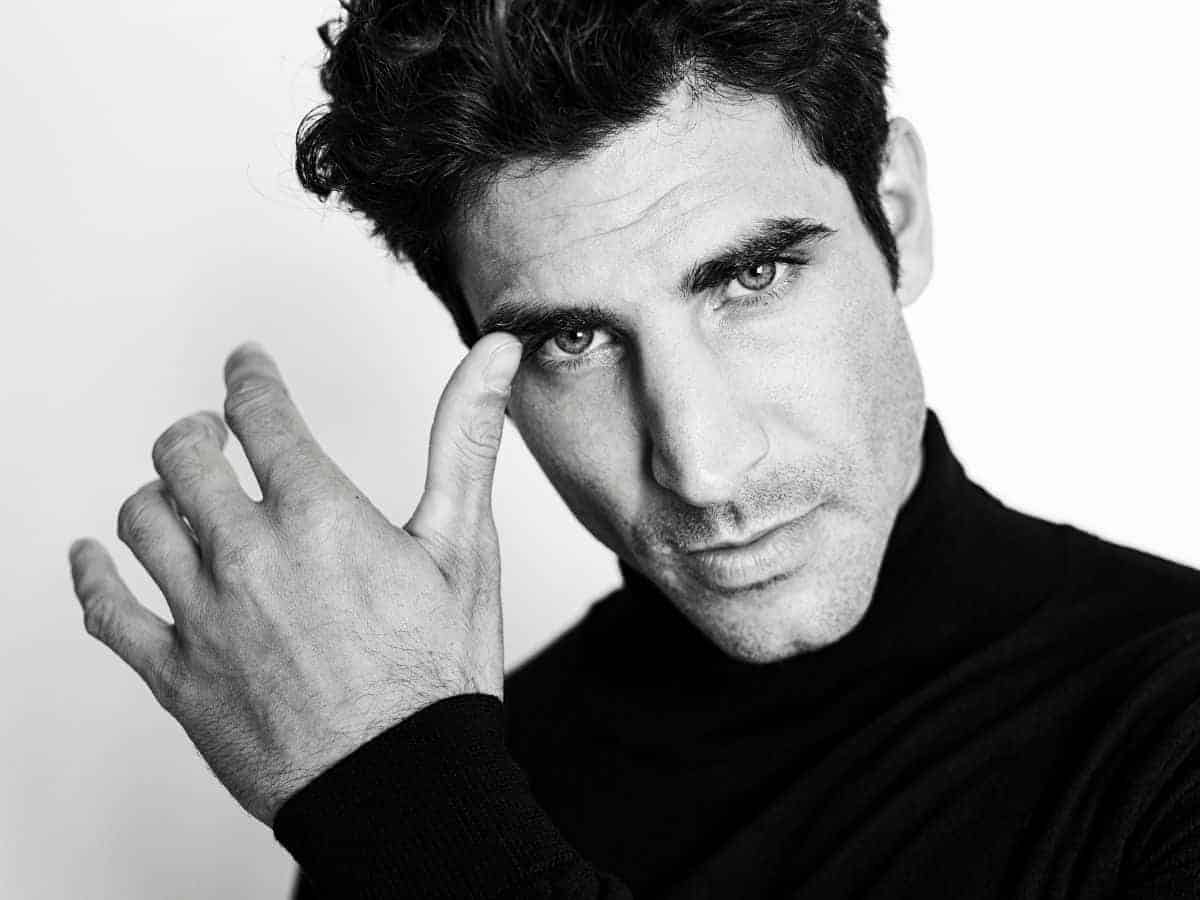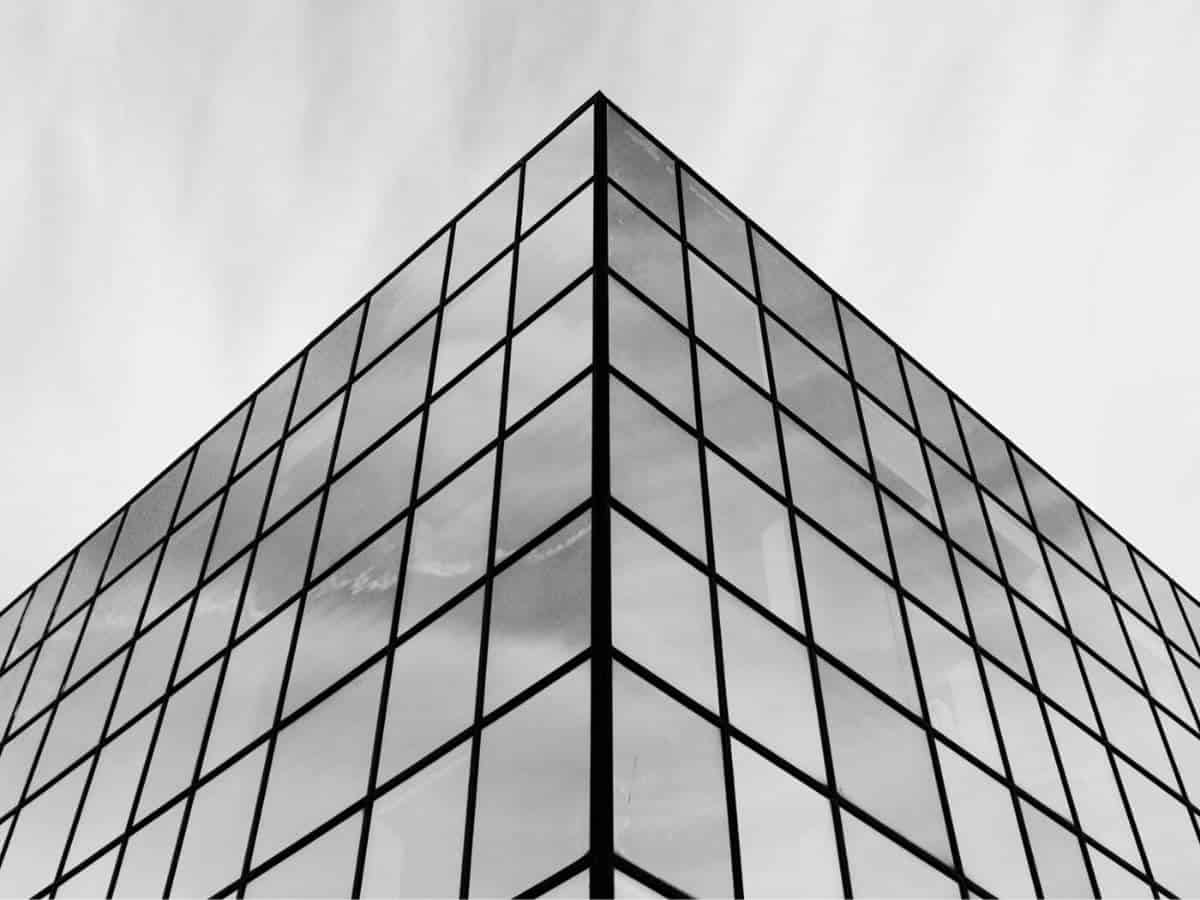Balance is a photography compositional technique that organizes elements to achieve equal visual weight throughout the frame.

Your camera, lens, lighting equipment, and editing software are important. However, it won’t make as big a difference as a beautiful composition.
By understanding how to use compositional techniques, your images will be appealing and stand out from other photographers.
The rule of thirds, rule of odds, and leading lines are excellent. However, a lesser-known yet powerful compositional technique is balance.
Learn what balance is, the different types, and use it in your photographs.
What’s balance in photography?
In photography, balance is a compositional technique that arranges the frame to create equal visual weight.
All elements in the frame work together to give the image a sense of harmony. Elements or subjects that are larger or bolder have more visual weight than smaller ones.
By capturing balanced images, your viewer will feel cohesiveness. Different parts of the frame equally command attention.
Understanding balance and how to use it well leads to beautiful and eye-catching images.
Related: What’s positive and negative space?
Types of balance
The two main balance techniques in photography are formal and informal. They break down further into five types, symmetrical, asymmetrical, color, tonal, and conceptual balance.
The following covers the different types of balance, along with examples of each.
Symmetrical (formal) balance

Symmetrical balance is the most common way to use the balance technique in photography, and it’s also known as formal balance.
In a symmetrically balanced image, split the frame in half, and both sides have equal visual weight or mirror each other.
When mirrored, the subject is intentionally placed in the center of the frame to create a powerful and symmetrical image.
Formal balance is an excellent way to emphasize the main subject, as viewers are quickly drawn to them.
Asymmetrical (informal) balance

Asymmetrical balance is also known as informal balance. It’s less apparent and more difficult to achieve because your subject is intentionally off-centered.
Informal balance uses different subjects or elements to balance each other out on opposite sides of the frame.
If you split the frame in half, it’s not symmetrical, but it’s balanced. The main elements on both sides create a sense of harmony.
Asymmetrically balanced images are more complex, but they work together to produce a beautiful image.
Two other compositional techniques work well with informal balance, the rule of thirds and leading space.
The rule of thirds means placing your subjects on opposite thirds of the frame, and leading space means there’s space in front of the direction your subject is facing or moving.
Without leading space, your subject will look like they’re facing a wall, which creates an uneasy and unsure feeling.
Together, the rule of thirds, leading space, and asymmetrical balance produces creative and incredible images.
Color balance

Color balance is a type of asymmetrical balance, which uses neutral and softer colors to balance bright and bold colors.
Different colors have different visual weights. Bright colors have more visual weight than neutral colors.
Consider an area of brown dirt with a bright red house in the corner. Immediately, your eye’s drawn to the red house because it’s a bright and bolder color. This is an example of color balance.
When you have a large amount of negative space or neutral colors, use a pop of color to create a balanced feel.
The opposite is also true. If you have mostly bright colors in the frame, add neutral or muted colors to balance out the image.
Tonal balance

Tonal balance is another form of asymmetrical balance. It focuses on the light and dark areas of an image.
It’s best observed in black and white photography because the contrasting tones are more evident, but it’s also visible in color photography.
Darker tones have greater visual weight than light tones. To properly use tonal balance, make sure the darker tones and colors are balanced with lighter and brighter colors.
Conceptual balance

Conceptual balance is a type of informal balance more focused on the idea and meanings rather than the subject and elements. It’s a philosophical form of balance.
Conceptual balance may be achieved by two elements representing opposite ideas or meanings.
For example, a forest on one side and skyscrapers on another show modern civilization and development contrasted by untouched land.
Conceptual balance requires more thinking, as it provides deeper meaning.
When using the conceptual balance technique, it’s best to use it with other types of balance, such as informal balance.
How to create balance in photography

A balanced photograph means the visual weight is distributed equally throughout the frame. It makes the image feel stable and cohesive.
An unbalanced image looks unstable and makes a viewer feel like something’s off.
Since balance drastically impacts an image, learning how to use it is essential.
To create balance in your images, use formal or informal balance techniques.
Before pressing the shutter button, look at the scene and visualize the different balance forms.
Through visualization and practice, you’ll capture well-balanced photographs.
Additionally, keep an eye out for contrast and geometric shapes.
Contrasting objects, colors, textures, and ideas are all around. Look carefully, and you’ll have opportunities for achieving balance.
Also, geometric shapes make it easy to capture balanced images.
While you’re creating balance in your photos, be sure to use other compositional techniques. You’ll find that they all work together to create an aesthetic image.
Use post-processing to achieve perfect balance
It’s crucial to do your best to capture a balanced image out of the camera. However, it’s not always going to be perfect.
If you want to achieve perfect balance or make adjustments, use post-processing. Photo editing software or apps, such as Lightroom, Photoshop, and VSCO, allow you to make many adjustments.
Straighten or crop the image, darken the highlights, adjust the white balance, or remove entire objects.
There are many possibilities in post-processing. So, use it to enhance the balance.
Sometimes imbalance is better
Balance is an impactful compositional technique. Nonetheless, it may not be the best fit all the time.
That’s where imbalance comes in. An imbalanced composition will be better in some situations.
To evoke certain emotions, such as uncertainty and feelings of movement or tension, use an imbalanced composition.
A great photograph tells a story. So, consider the emotions you want to evoke and the story before creating a balanced or unbalanced image.
Conclusion
Balance is an effective compositional technique that leads to amazing pictures. Start using it to capture interesting and well-composed images.
It creates equal visual weight throughout the frame, creating a harmonious and cohesive image.
Featured image courtesy of Canva.
